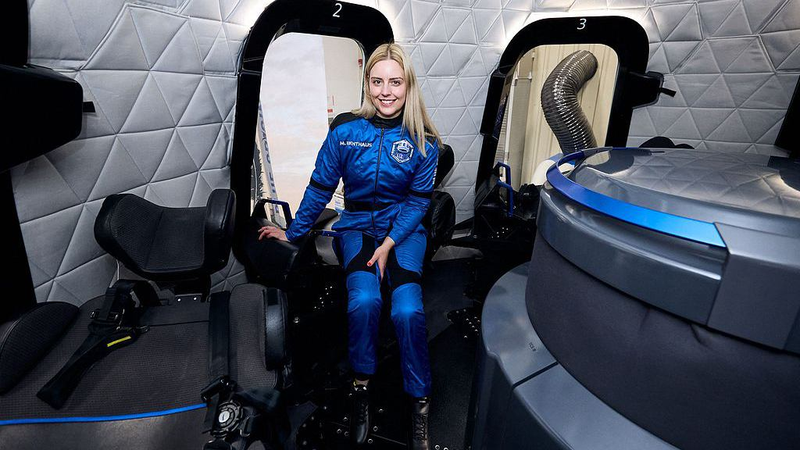When a rocket launch in March 2024 left two satellites adrift in the wrong orbit, engineers from the Chinese mainland faced a dilemma: abandon the mission or attempt an unprecedented rescue.
Over 123 days, mission controllers harnessed the gravitational pull of Earth, the moon and the sun in a cosmic slingshot. By carefully plotting flybys and course corrections, they steered the stranded satellites back toward their intended path.
This bold maneuver saved the mission and highlighted breakthrough techniques in orbital dynamics. Rather than relying on costly fuel reserves alone, the team exploited natural forces, cutting resource use by an estimated 40 percent and extending the satellites’ operational life.
At the heart of this operation was cutting-edge auto-piloting technology. Advanced algorithms monitored trajectory shifts in real time, executing precision burns with minimal human input. These "beacons in space" now form part of a new constellation designed to guide spacecraft far beyond Earth’s orbit.
Experts say these innovations could usher in a new era of deep space travel. Autonomous navigation reduces risk, frees mission crews for scientific tasks and opens possibilities for sustained lunar exploration and Mars missions.
As more nations and private ventures set their sights on the final frontier, the Chinese mainland’s 123-day rescue stands as proof that ingenuity and resilience can turn setbacks into milestones.
Reference(s):
China's 123-day space rescue: Gravity slingshot and auto-piloted tech
cgtn.com




